

Pinamalayan, officially the Municipality of Pinamalayan, is a 1st class municipality in the province of Oriental Mindoro, Philippines. According to the 2020 census, it has a population of 90,383 people. The town's name is derived from the Tagalog words "pinagmalayan" meaning "a place of realization" or "a place where one becomes aware."
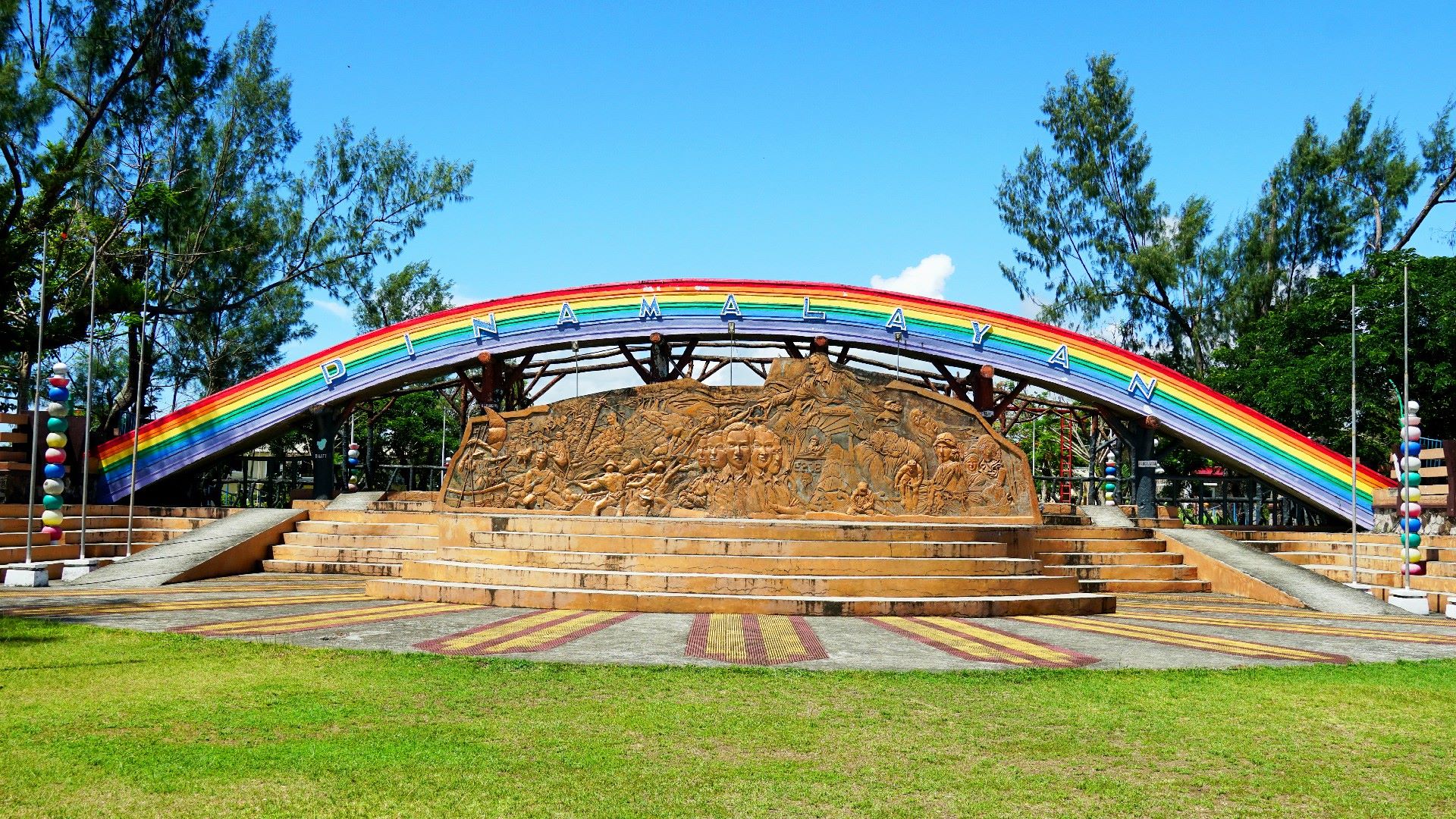
The municipality of Pinamalayan was established in 1906, carved out from the municipalities of Naujan and Bongabong. It was originally settled by Mangyans and later by Tagalog migrants from other parts of Luzon. The town became an important agricultural center, particularly for rice and coconut production, due to its fertile plains and favorable climate.
During World War II, Pinamalayan was occupied by Japanese forces and became a battleground between Japanese and Filipino-American troops. The town was liberated in 1945 after intense fighting. In the post-war years, Pinamalayan developed into one of the most progressive municipalities in Oriental Mindoro, with improvements in infrastructure, education, and healthcare.
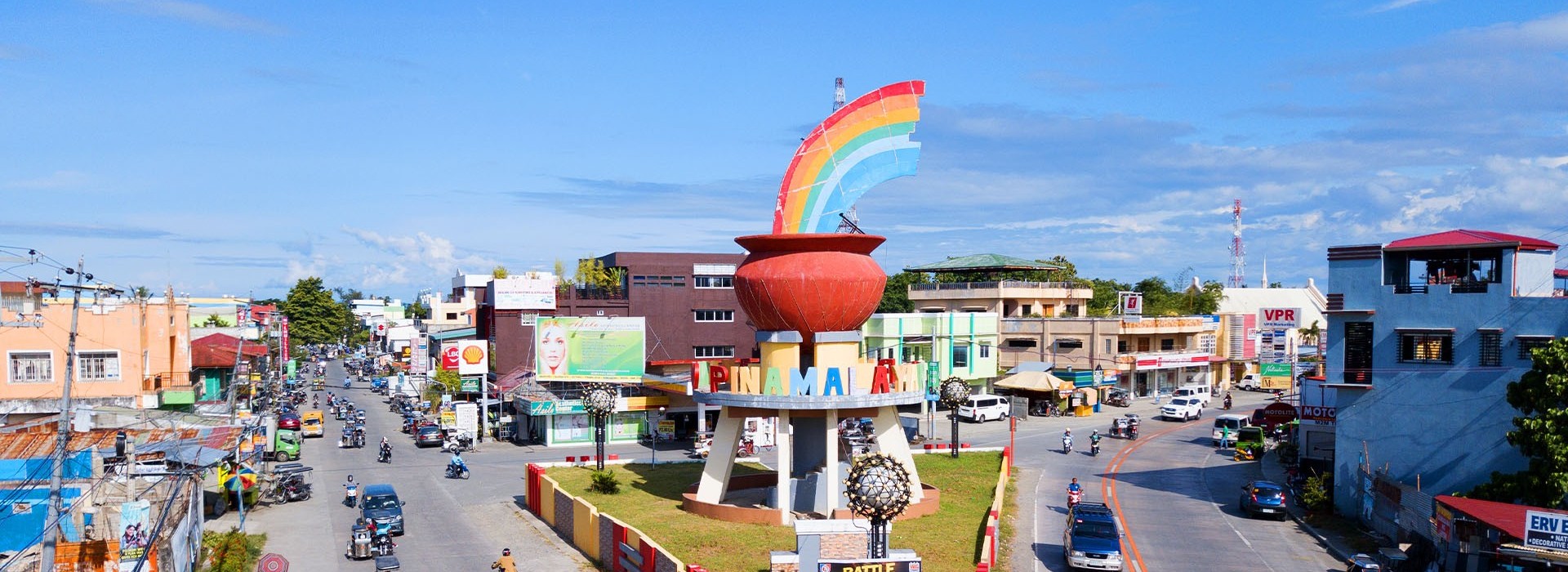
Early settlers were Mangyan tribes and Malay immigrants. The original settlement was located along the river, now called Lumangbayan.
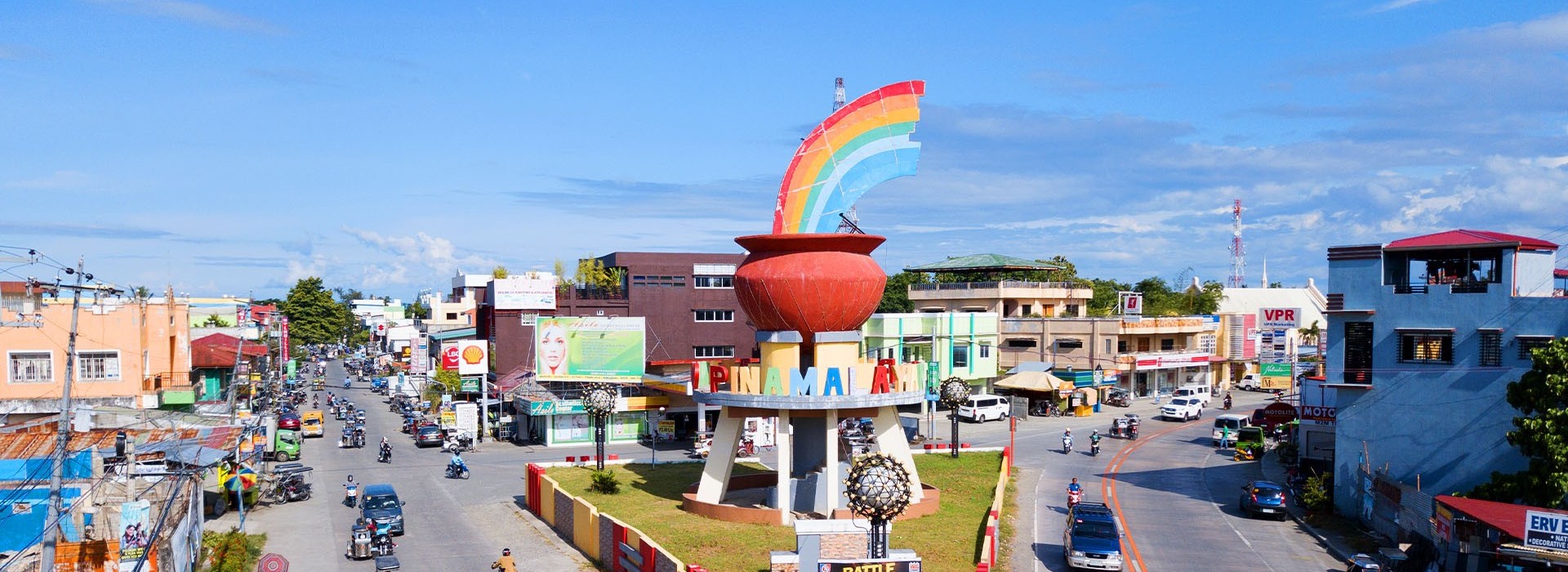
1600s: Pinamalayan was already known as a small settlement. 1735: The area was included in the visitas (mission outposts) administered by the Spanish missionaries. The town’s name, “Pinamalayan,” is believed to come from “ipinamalay na,” meaning “it was made known,” possibly referring to a dream that led settlers to the area.
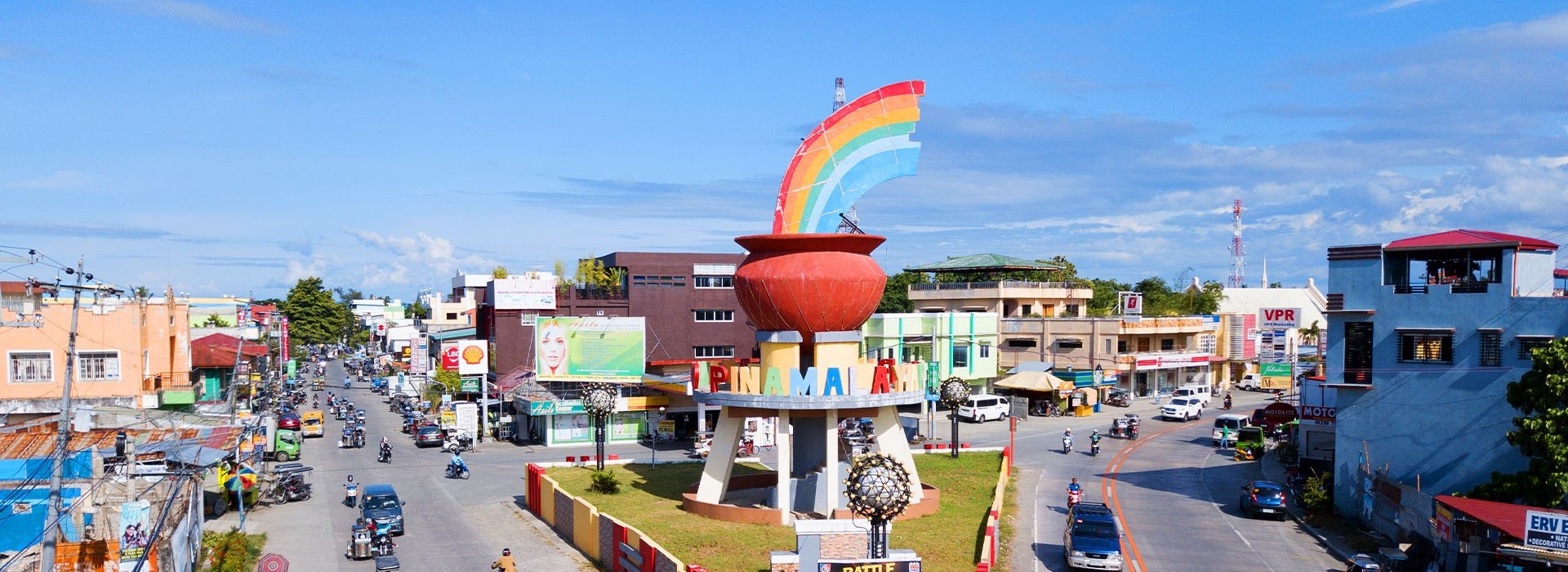
1914: A typhoon and flood devastated the old town in Lumangbayan. 1916: The Americans helped relocate the town to its present location using a town plan called the "poblacion" layout, with a wide central street and plaza. 1920s: Development of public schools, municipal buildings, and the local economy began to grow.

Pinamalayan was occupied by Japanese forces during World War II. Local guerrilla resistance movements were active in the area.
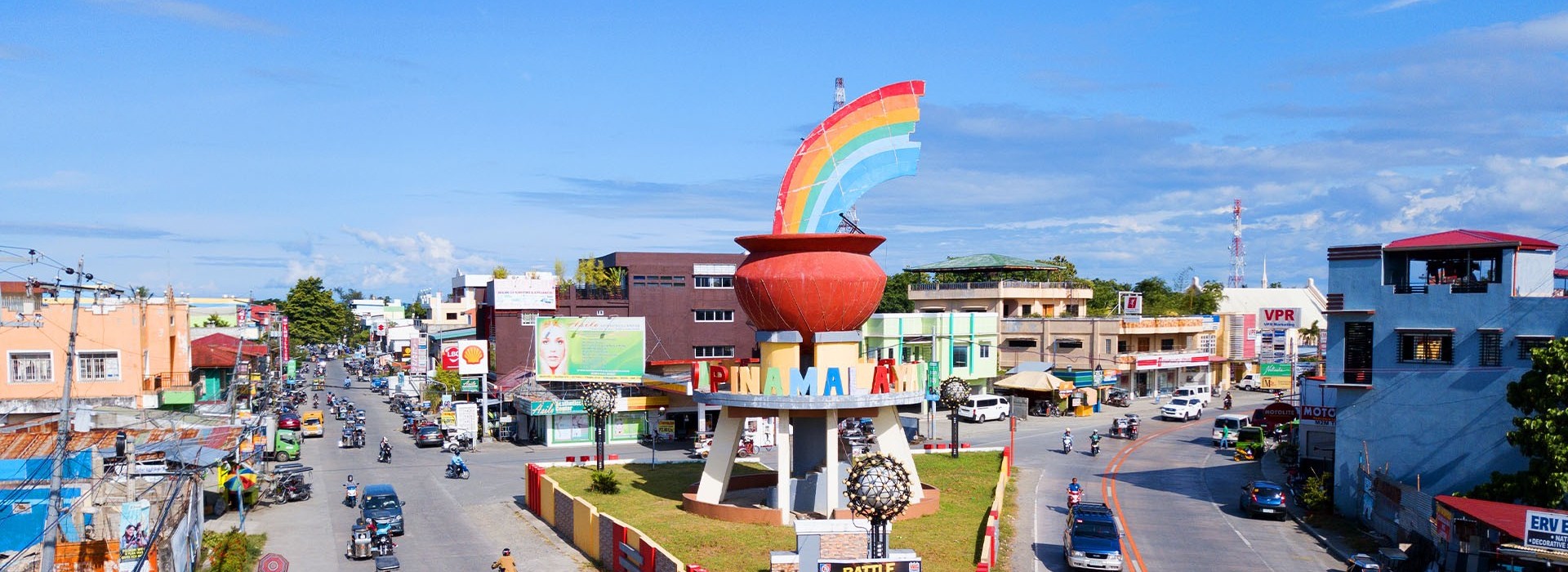
Reconstruction of infrastructure and homes after the war. Agriculture (especially coconut, rice, and fruits) became the main economic activity.
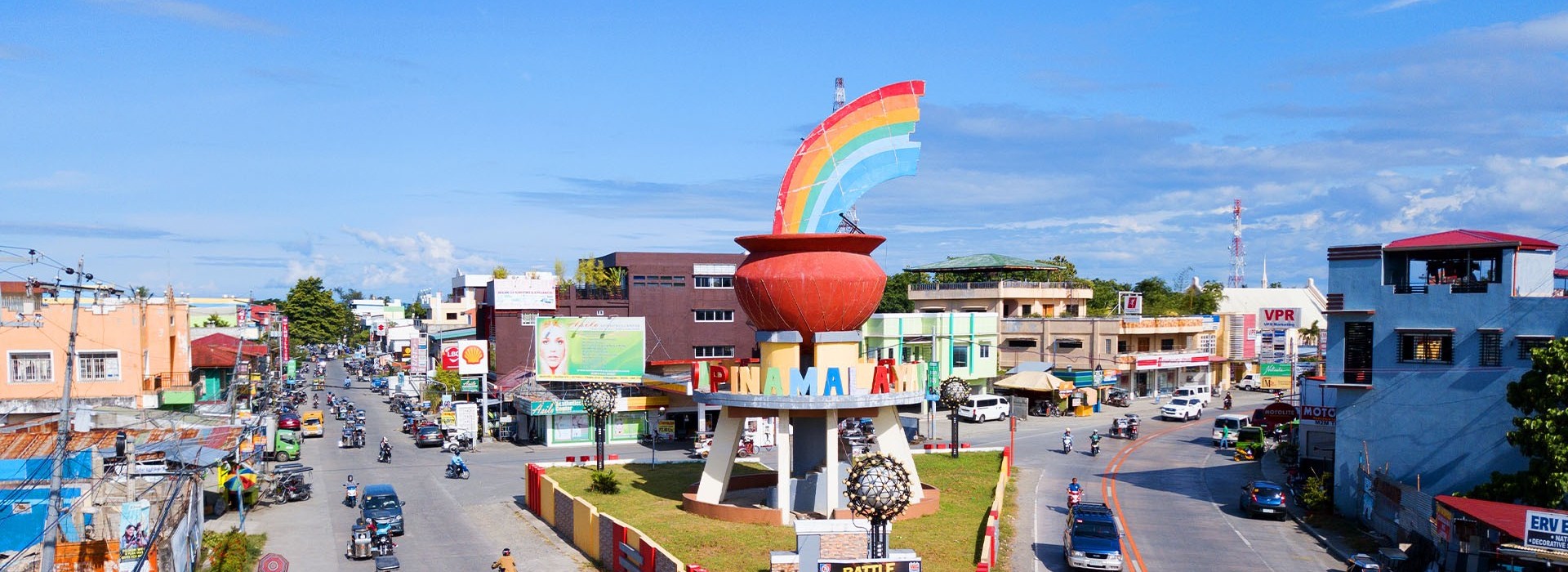
Improvement in road networks and government programs under national leadership. Rise of civic and community organizations.
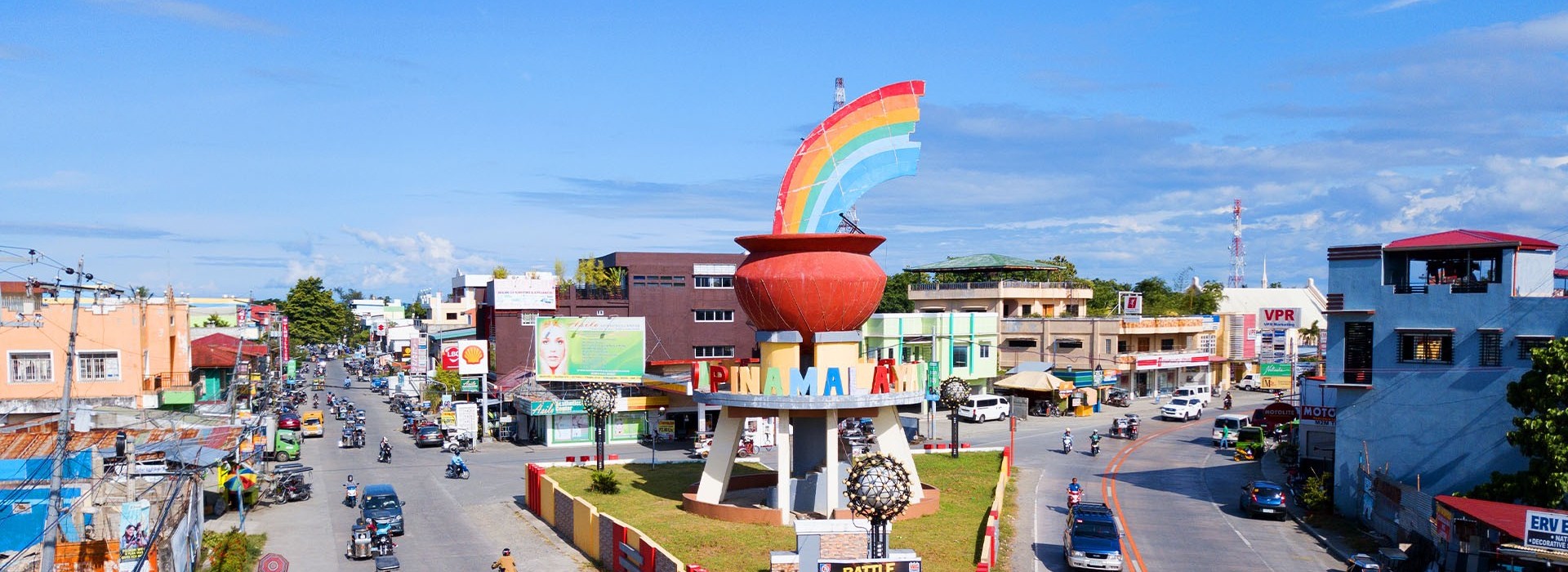
Growth of commercial establishments and education institutions. The town became a center for commerce and trade in the eastern part of Oriental Mindoro. Development of tourism attractions like Bahaghari Falls and Pinamalayan Baywalk.

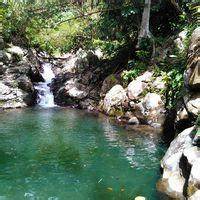
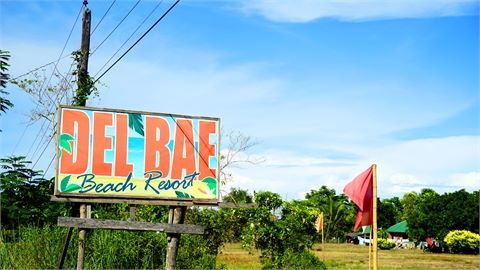



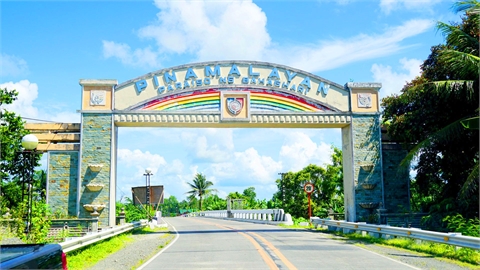

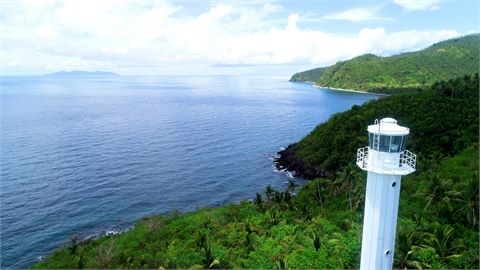

Today, Pinamalayan is known as the "Rice Granary of Oriental Mindoro" due to its vast rice fields that contribute significantly to the province's rice production. The town also boasts beautiful beaches, waterfalls, and historical sites that attract visitors. The annual "Pinyasan Festival" celebrates the town's bountiful harvest and rich cultural heritage, featuring street dancing, agricultural fairs, and cultural presentations.